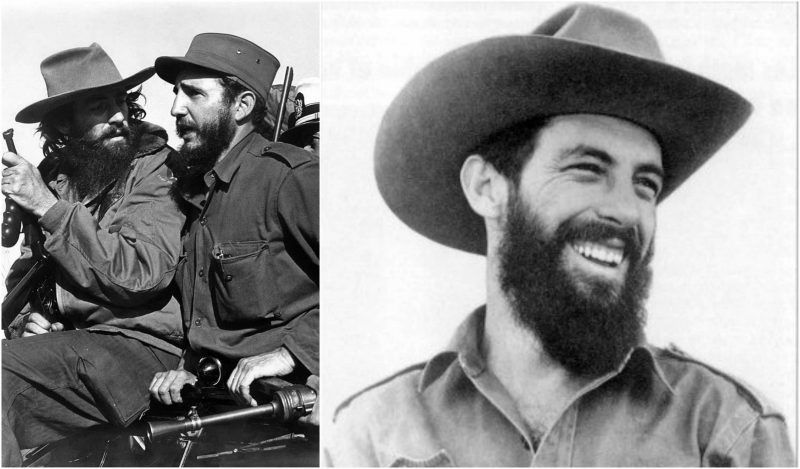Camilo Cienfuegos Gorriarán was one of the top five Cuban revolutionaries along with Fidel Castro, Che Guevara, Raul Castro, and Juan Almeida Bosque.
They all arrived in Cuba on the Granma yacht in 1956 and started the revolution against the government of the Cuban dictator at the time, Fulgencio Batista. Cienfuegos was one of the most efficient and favorable guerilla commanders of Castro. Especially after winning the crucial battle of the revolution when he became known as “Hero of Yaguajay.”
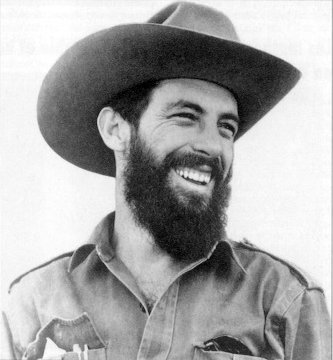
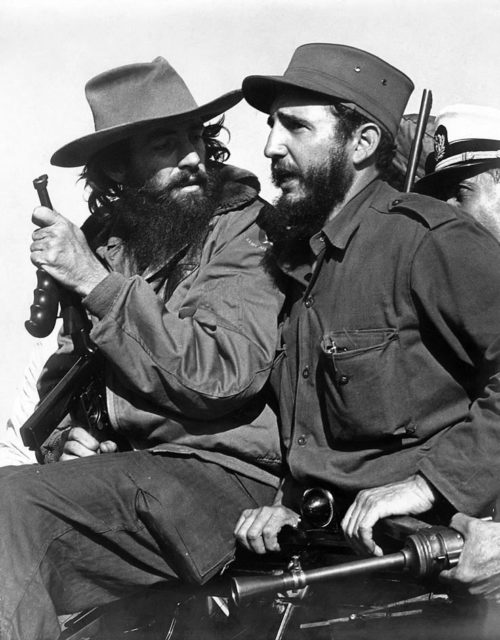
Camilo was born in Havana, in 1932, in a family of working-class Spanish immigrants. In 1950, Camilo enrolled in the Escuela Nacional de Bellas Artes “San Alejandro,” but was soon forced to abandon his studies due to finances. Being the son of a tailor, he knew the craft very well and got a job in a fashion store “El Arte.” In 1953, he left for the States with a friend on a 29-day visitors’ visa, and he remained there for several months, searching for a job until an immigration officer caught him and sent him back to Cuba.

After taking part in the widespread protests against bus fares risings in 1948, Camilo got interested in politics. In time, he was more involved with the subject and while in New York, the young revolutionary joined a Cuban political exile group which was publishing a newspaper La Voz de Cuba (“The Voice of Cuba”) for which he wrote a few articles. As soon as he got back from the States, Camilo actively participated in an underground student movement against the autocratic President Fulgencio Batista.
Jobless and harassed by police, Cienfuegos left the country and got back to the States where he worked for a few months before heading to Mexico where a small Cuban rebel army was being organized by Fidel Castro, and Camilo wanted to join. As soon as he arrived in Mexico, he and Castro befriended quickly, and Camilo started training with the rebels. In November 1956, Cienfuegos was one of the 82 revolutionaries who arrived in Cuba on Granma.
He has been described as a typical urban Cuban male who had good looks, a great interest in baseball and dancing, with a good sense of humor, love of women, happy, adventuresome, and overall joie de vivre.
Cienfuegos wasn’t as intellectual or “politically sophisticated” as the Castros or Che Guevara. He wasn’t very dogmatic and has been described as “an unknown quality.”



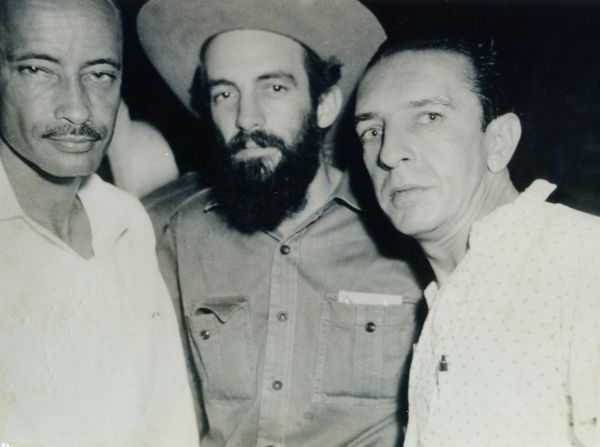


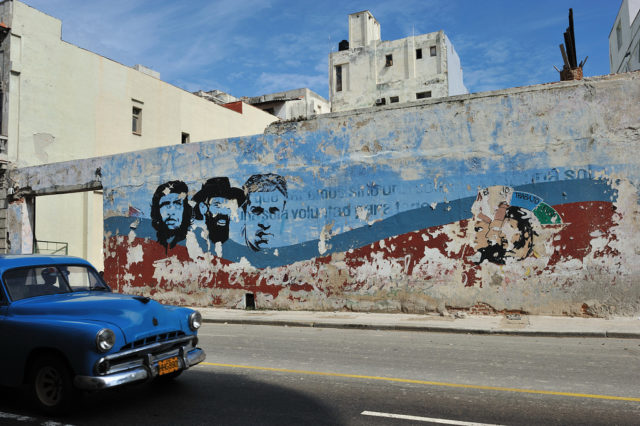
After the collapse of the government’s Operation Verano in 1958, there were three columns by the revolutionaries heading towards Santa Clara, the provincial capital city. One of the columns was commanded by Che Guevara, one by Jaime Vega, and the third was in command of Cienfuegos. One of the Vega’s got ambushed and defeated by Batista’s forces, while the other two reached their destination where they joined other groups. Cienfuegos attacked an army outpost at Yaguajay and forced it to surrender. It was a key battle, and it earned him the nickname “The Hero of Yaguajay.”
At a rally on 8th January 1959, Castro interrupted his speech to ask Cienfuegos “¿Voy bien, Camilo?” (“Am I doing all right, Camilo?”) His response “Vas bien, Fidel” (“You’re doing fine, Fidel”) was taken up by the crowd and became a slogan of the revolution. – Geyer, Georgie Anne (1991). Guerrilla Prince: The Untold Story of Fidel Castro. Kansas City: Andrews McMeel. p. 201. Retrieved 6th February 2016.

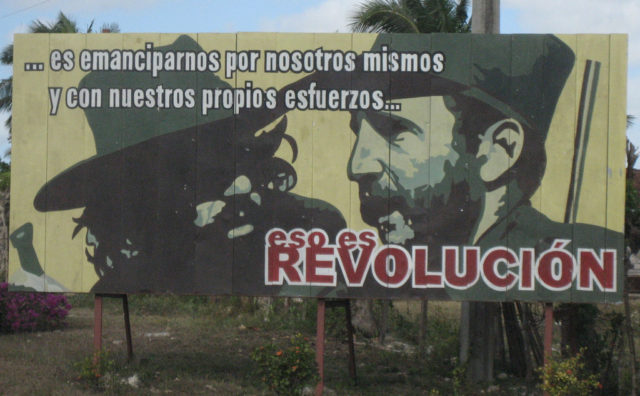

Shortly after the victory of the revolution in 1959, Cienfuegos was appointed the head of Cuba’s armed forces. Unfortunately, he didn’t get to enjoy the “prosperity” of the country and to see the fruits of the communist ideology he believed in.
Read another story from us: CIA attempted to assassinate Fidel Castro on 638 occasions
In October 1959, while flying from Camagüey to Havana, his small plane disappeared, and Cienfuegos was presumed dead. Cienfuegos in Spanish means “a hundred fires” and he got remembered as such and honored as a hero of the Revolution, with numerous memorials, monuments, and an annual celebration in his honor.
